Pronoun for class 4 English
Concept: Personal Pronouns
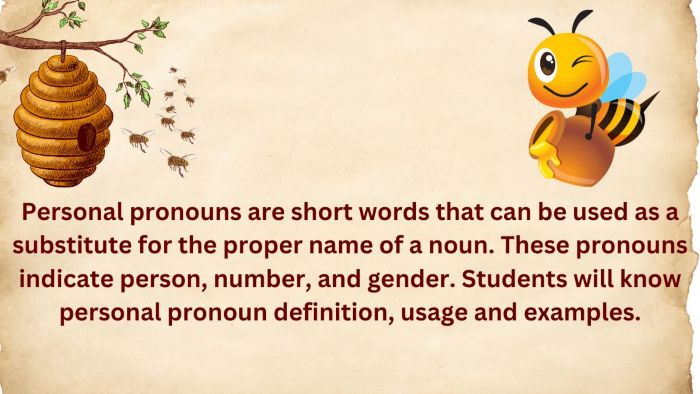

What is a Pronoun?
Pronouns are words like I, he, she, it, they, each, few, many, whose, etc., these words replace a noun.
Example:
The pronoun ‘he’ and ‘her’ take the place of nouns like ‘Mahesh’ and ‘Megha’.
|
💡Imagine you're a superhero who can save the day by using special words like 'he,' 'she,' or 'they' instead of names. What do you think those magical words are called❓ |
What is a 10 simple sentence of pronouns? 🧐
Here are 10 simple sentences using pronouns:
-
I love reading books.
-
She is playing in the garden.
-
They are going to the park.
-
He likes to draw pictures.
-
We will visit grandma tomorrow.
-
It is raining heavily today.
-
You are my best friend.
-
The teacher asked him to answer the question.
-
Can you help her with the homework?
-
The dog followed us to the shop.
Personal Pronouns:
Personal pronoun represents specific people or things that we are talking about.
When discussing ‘person’ in terms of grammar, the following rules apply:
-
First-person, as in ‘I’.
-
Second-person, as in ‘you’.
-
Third-person, as in ‘It, he, she’.
Personal pronouns may take on various forms depending on the number (singular or plural).
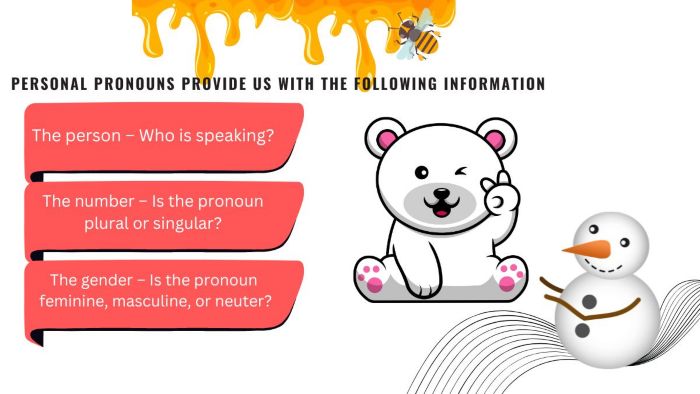
|
💡"If you say 'I am a star' or 'You are awesome,' what are the words 'I' and 'You' called"❓ |
What are the rules for personal pronouns? 🤷♀️
The rules for personal pronouns are:
-
Match the pronoun to its antecedent: Ensure the pronoun agrees in number (singular/plural) and gender with the noun it replaces. For example, "Lisa loves her dog" (not his).
-
Subject vs. object forms: Use subject pronouns (e.g., I, he, she, we, they) as the subject of a sentence, and object pronouns (e.g., me, him, her, us, them) for the object of a verb or preposition. For instance, "He called me."
-
Avoid ambiguity: Make sure it's clear what noun the pronoun refers to. For example, instead of "Anna and Bella went to her house," clarify whose house it is.
-
First, second, and third person: Use the correct form depending on perspective:
-
First person (I, we) refers to the speaker.
-
Second person (you) addresses someone directly.
-
Third person (he, she, it, they) refers to others.
-
Case sensitivity: In formal writing, avoid using subjective pronouns in objective positions (e.g., "Between you and I" should be "Between you and me").
Placement of a Pronoun:
Pronouns also demonstrate two of the major noun functions that are: acting as a subject or as an object.
A. Subject Pronoun:
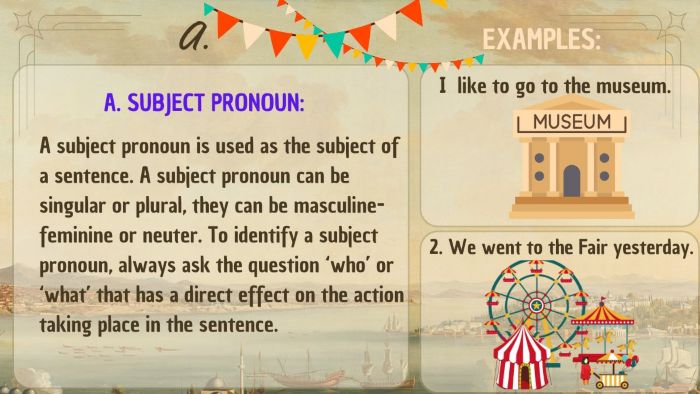
|
💡If 'she' is baking a cake and 'they' are dancing, what are these action-star words called❓ |
B. Object Pronoun:
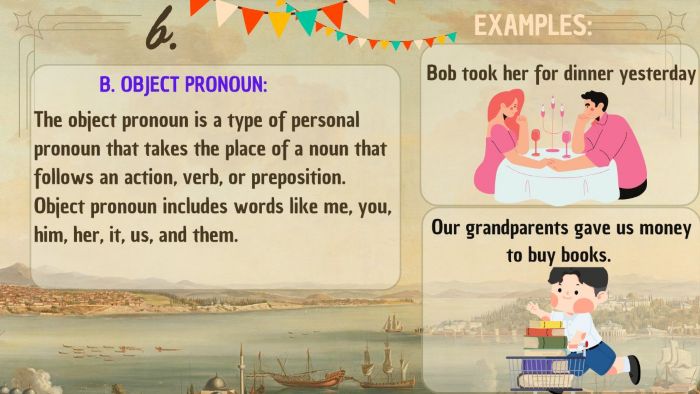
|
💡"If someone throws you a ball and says, 'Catch it!' what kind of word is 'it'❓ |
Exception:
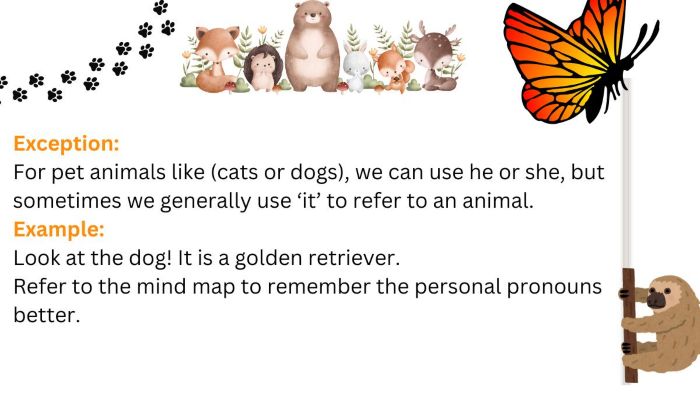
For pet animals like (cats or dogs), we can use he or she, but sometimes we generally use ‘it’ to refer to an animal.
Example:
Look at the dog! It is a golden retriever.
Refer to the mind map to remember the personal pronouns better.
|
💡"What do you call a rule-breaker word, like when 'i' comes before 'e' in 'weird'—isn't that weird"❓ |

What are the 12 personal pronouns?👀
I, you, he, she, it, we, they, me, him, her, us, them.
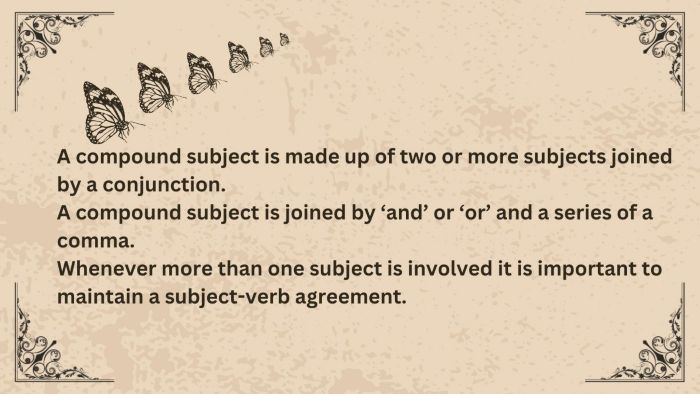
Examples:
|
💡Who would win in a race: a rabbit and a turtle, or a cheetah and a sloth❓ 📖(Hint: Think about how the compound subjects "rabbit and turtle" and "cheetah and sloth" combine to describe the racers.) |
Easy Level Worksheets
Intermediate Level Worksheets
Difficult Level Worksheets
CBSE Schools In Popular Cities
- CBSE Schools in Bangalore
- CBSE Schools in Mumbai
- CBSE Schools in Pune
- CBSE Schools in Hyderabad
- CBSE Schools in Chennai
- CBSE Schools in Gurgaon
- CBSE Schools in Kolkata
- CBSE Schools in Indore
- CBSE Schools in Sonipat
- CBSE Schools in Delhi
- CBSE Schools in Rohtak
- CBSE Schools in Bhopal
- CBSE Schools in Aurangabad
- CBSE Schools in Jabalpur
- CBSE Schools in Jaipur
- CBSE Schools in Jodhpur
- CBSE Schools in Nagpur
- CBSE Schools in Ahmednagar
- CBSE School In Tumkur











